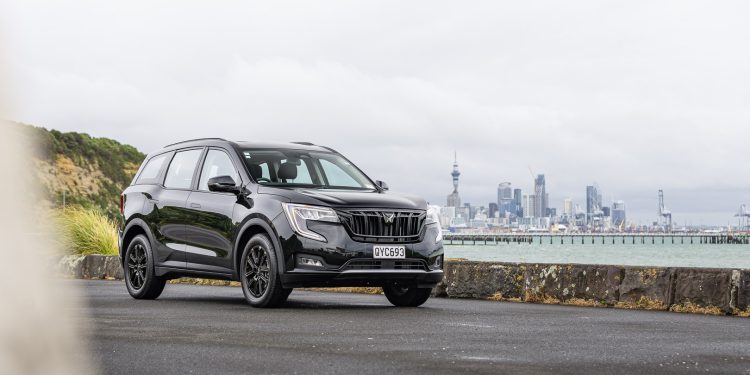2024 Mahindra XUV700 AX7L review
Words: Peter Louisson | Photos: Isaac Western
The XUV700 was and still is the only Mahindra I’ve driven. The firm has produced a few odd, upright models in the past but now, there are more interesting offerings, like this one.
Mahindra is also developing EVs with a pair of zero-emissions models about to launch.
Back to the now though and the XUV700 features a new platform and a fresh design. There’s still the rising hip line but it’s a more cohesive modern look.
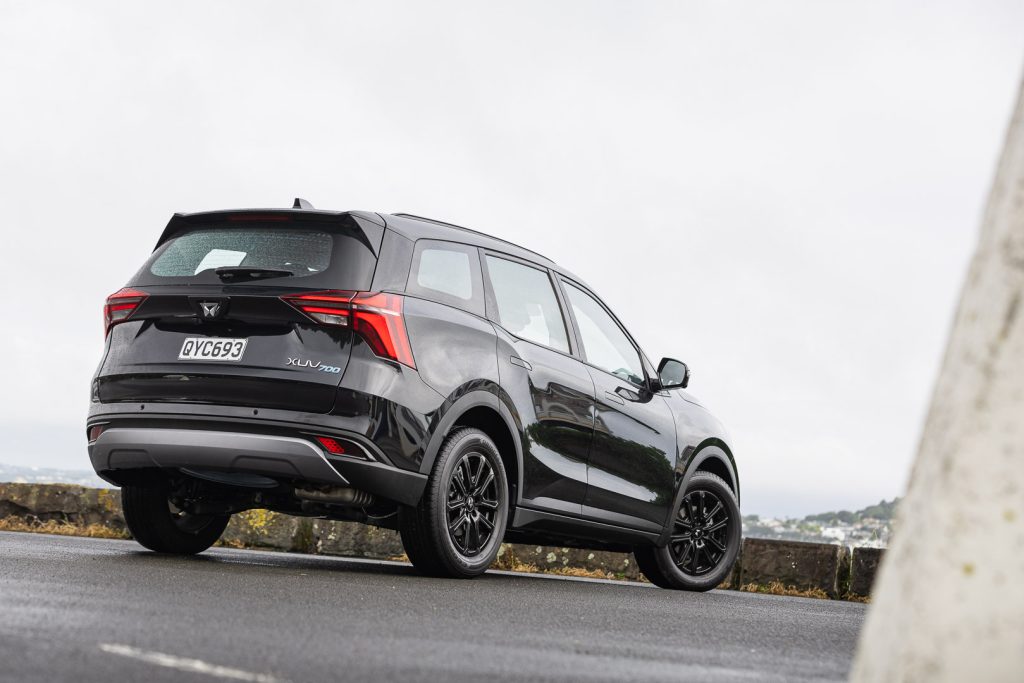
Also new is the ‘Twin Peaks’ logo that resembles a stylised M. Flush-fitting door releases pop out when the remote unlocker is activated.
There are three versions of Mahindra XUV700, from $39k as a five-seater, to $48k as the top-spec AX7L seven-seater you see here. Splitting the difference is the AX7, also a seven-seater, at $44k.
The 2.0-litre turbopetrol is shared by all variants. It features stop/start but no electrification and no drive modes. Still, it conjures 140kW of power and 380Nm of torque, the latter from 1750rpm.
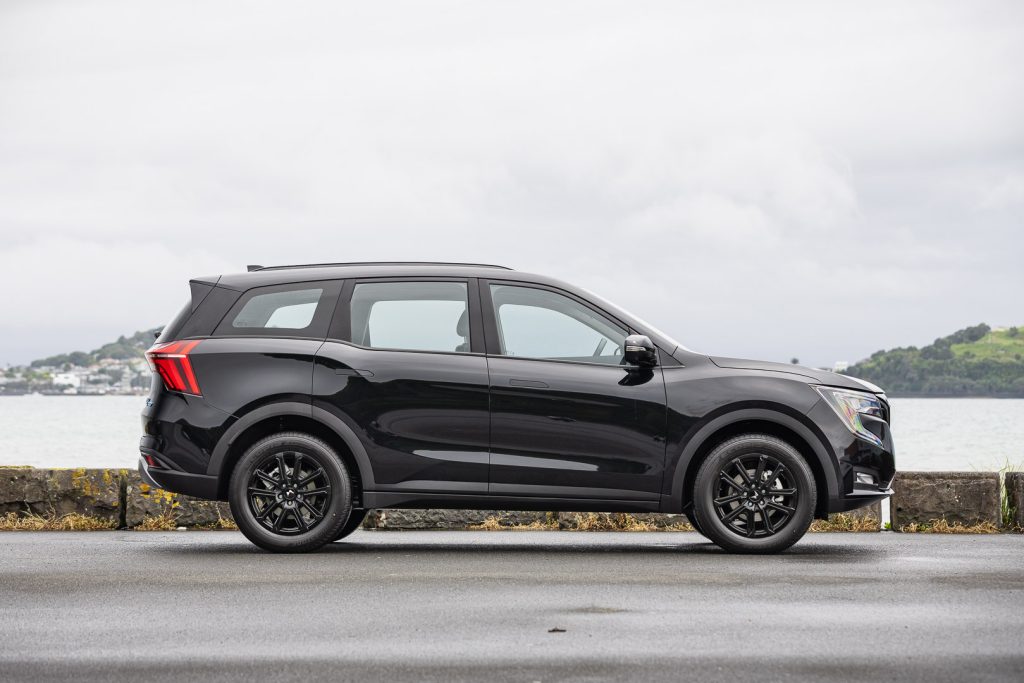
Peak power is at an easy 5000rpm. It drives the front wheels via a six-speed transmission, with manual sequential shifting.
A combined fuel figure Rightcar says is 9.2L/100km (220g/km). We got close to the claim during mainly open road work. It isn’t a lightweight at 1835kg nor windswept so this isn’t exactly hypermiling material. A 48v mild hybrid powertrain is evidently in the wings.
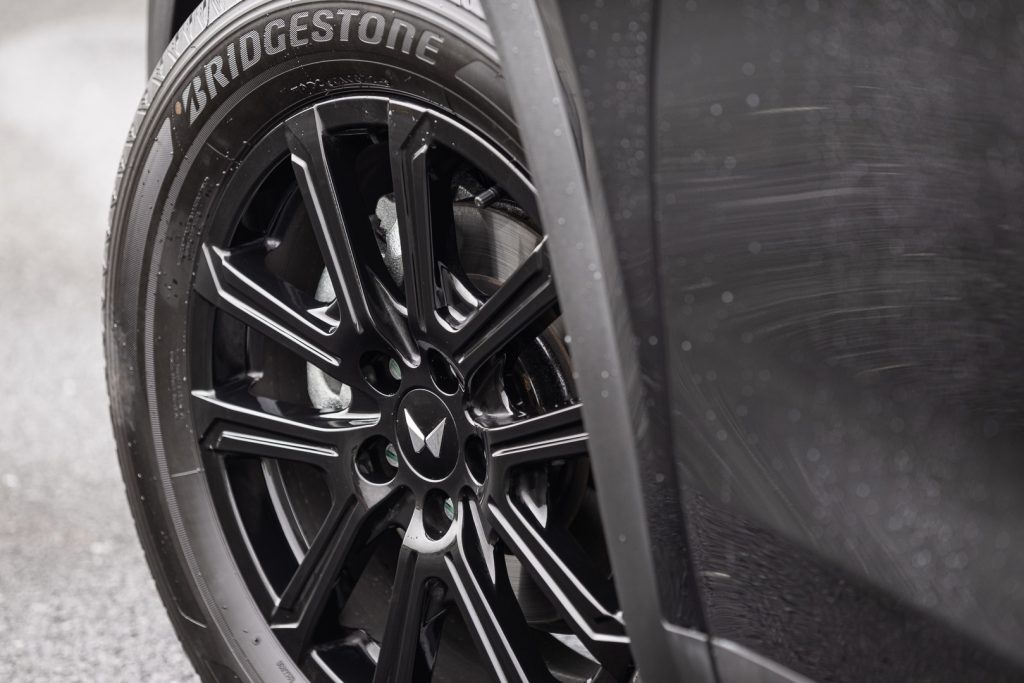
Each model gets smartphone integration, and seven airbags while the two seven-seaters gain adaptive cruise, AEB, lane departure warning, lane keeping, and traffic sign recognition. There’s also high beam assist and TPM for the top models.
And on that, this AX7L adds a Skyroof (panoramic, powered), LED headlamps and DRLs, fully independent suspension with frequency selective damping and a pair of 10.25 inch high-definition digital screens.
There’s also a premium Sony sound system with subwoofer and 12 speakers, along with a wireless charger, surround view monitor and stop and go for the adaptive cruise.
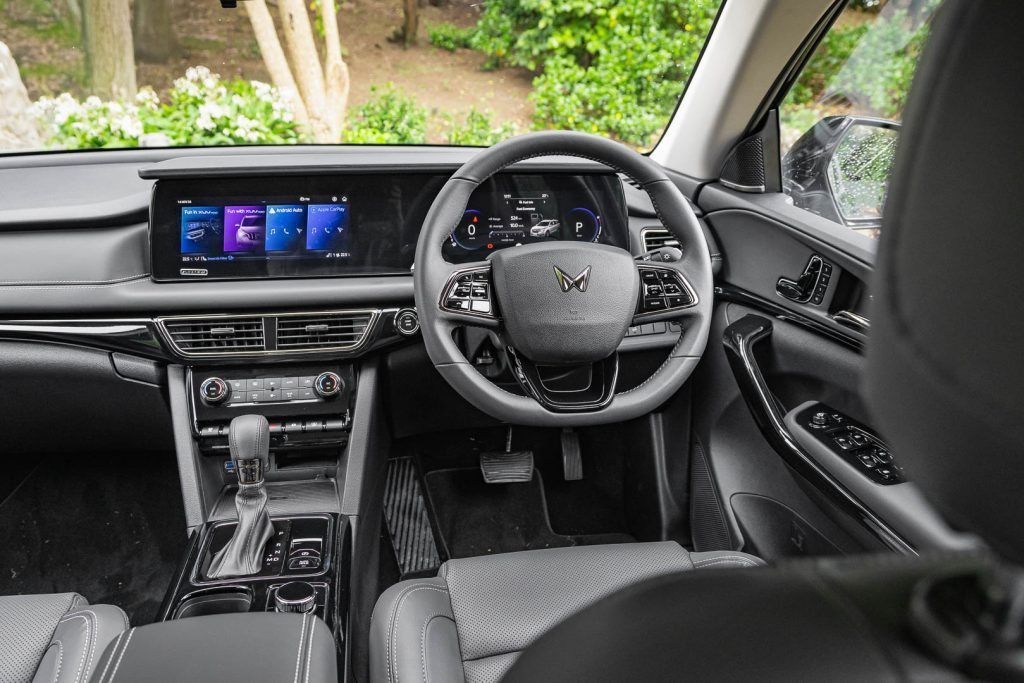
Go looking for seat heaters and you wont find them but there’s front seat ventilation. Hey, it’s from India!
Step aboard and the seat moves forward to your saved position as you hit the go button. The controls for the powered driver’s seat are located on the door, like in a Mercedes. Lumbar adjustment is robust, by knurled knob.
Cabin ambience is a little dated but there’s a surround view and reversing camera, both relaying images to a small but resolved screen.
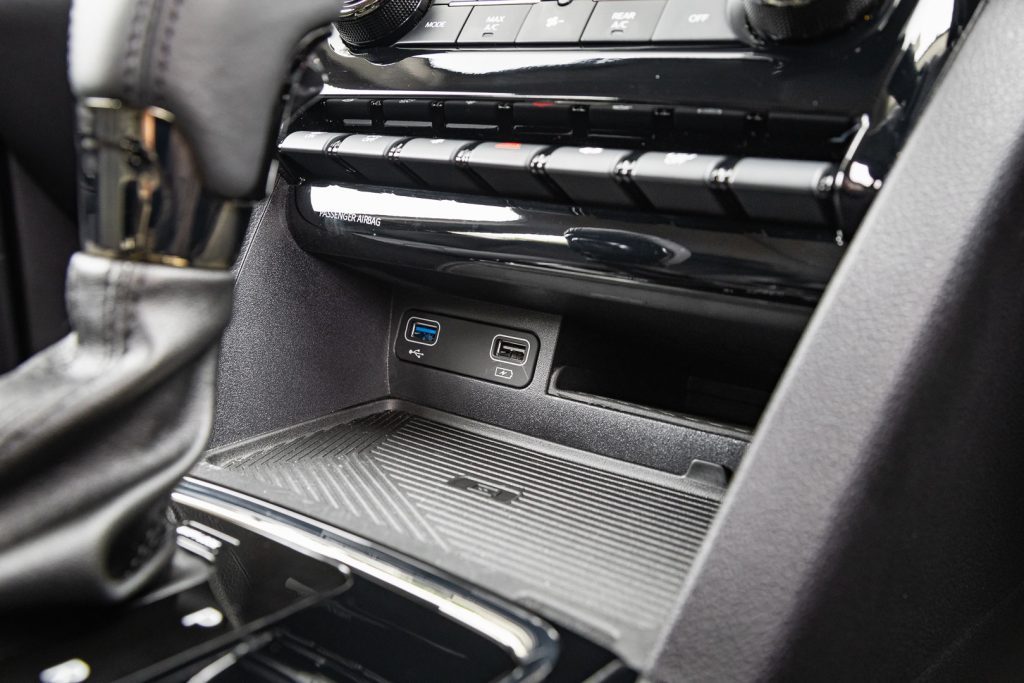
A blind spot monitor is handy too, with images relayed to the instrument cluster when you indicate. On that, three sounds are available for the tickers, all pretty awful. The worst sounds like Don-Key.
Cabin quality is appropriate given the pricing. There are lots of hard plastics about, but some gloss black finishings too, while build quality feels solid, with no rattles.
We had one issue with split folding when we couldn’t resite the seatback because of a jammed safety belt but this resolved itself. Seats are a bit stiff in action, so too headrests.
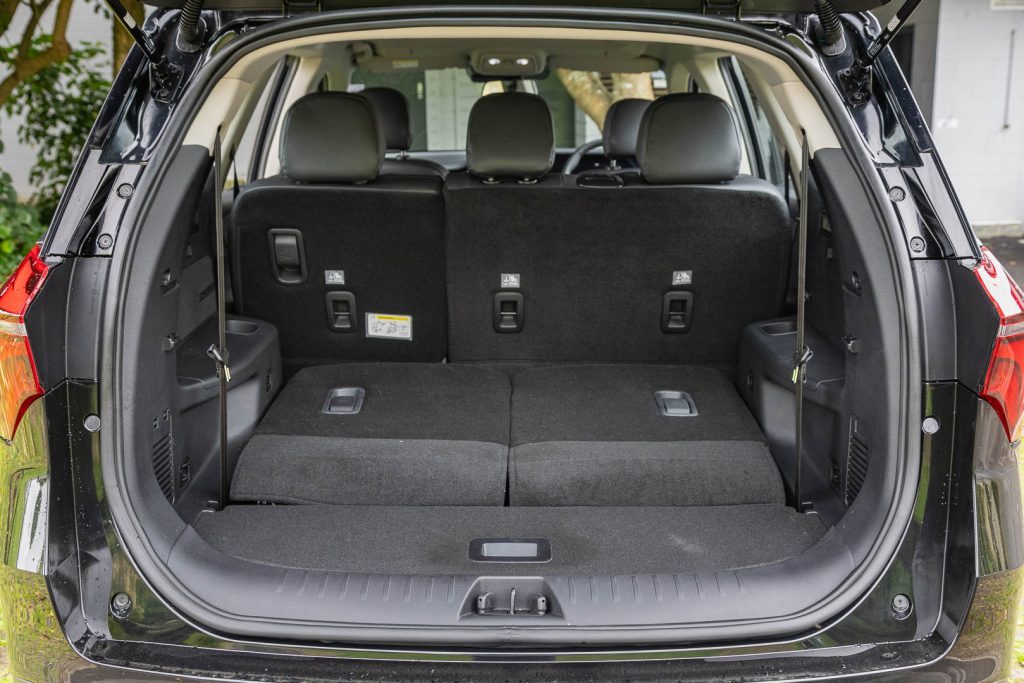
And the middle rear unit is way too big, obscuring rear view. We took it out, left it out.
The seats are comfy enough but both front pews are set too high and taller people may crack their heads on entering the cabin. We like the fact that the central touchscreen deals only with infotainment and smart phone connectivity.
The HVAC controls are on a separate panel. And all the driver assist functions are found between the speedo and tacho. They are easy enough to scroll through too. Lane keeping is worth culling.
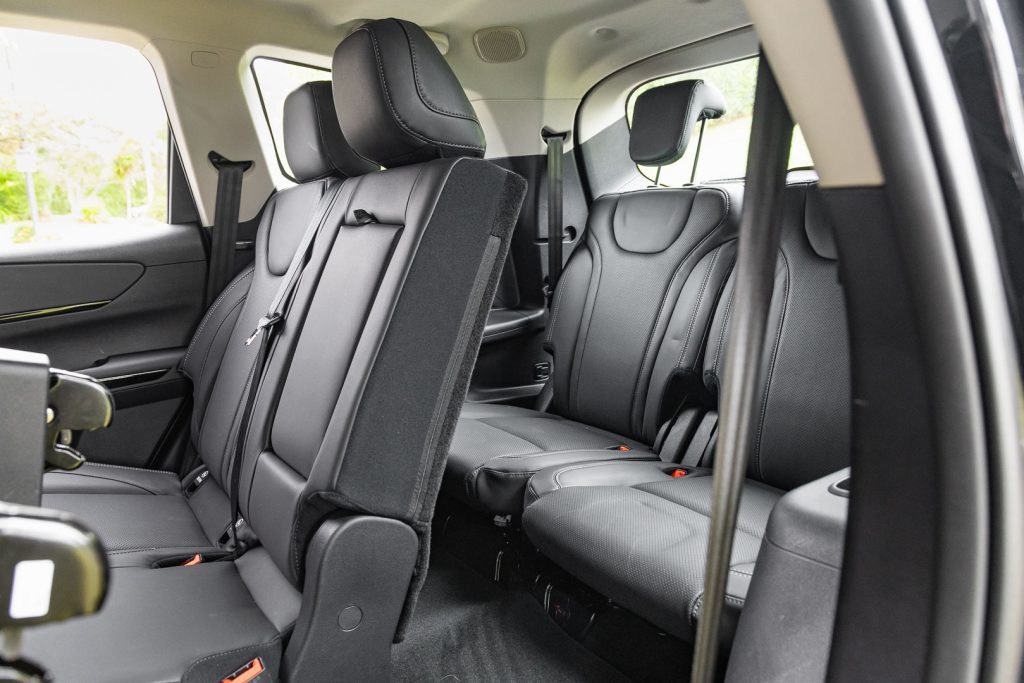
There’s space aplenty in the second row, and split folding leads to a reasonably level load area. Access to the third-row seating is via the left side, the single seat tumbling out of the way.
Third row seats feature enough leg and foot room for kids but there’s next to no room left for luggage when all seats are in use.
On the go, the 2.0L engine spools up quickly and is away off the mark with little hesitation. There’s plenty of low-end drive too, while the auto is fast enough for a six-speeder.
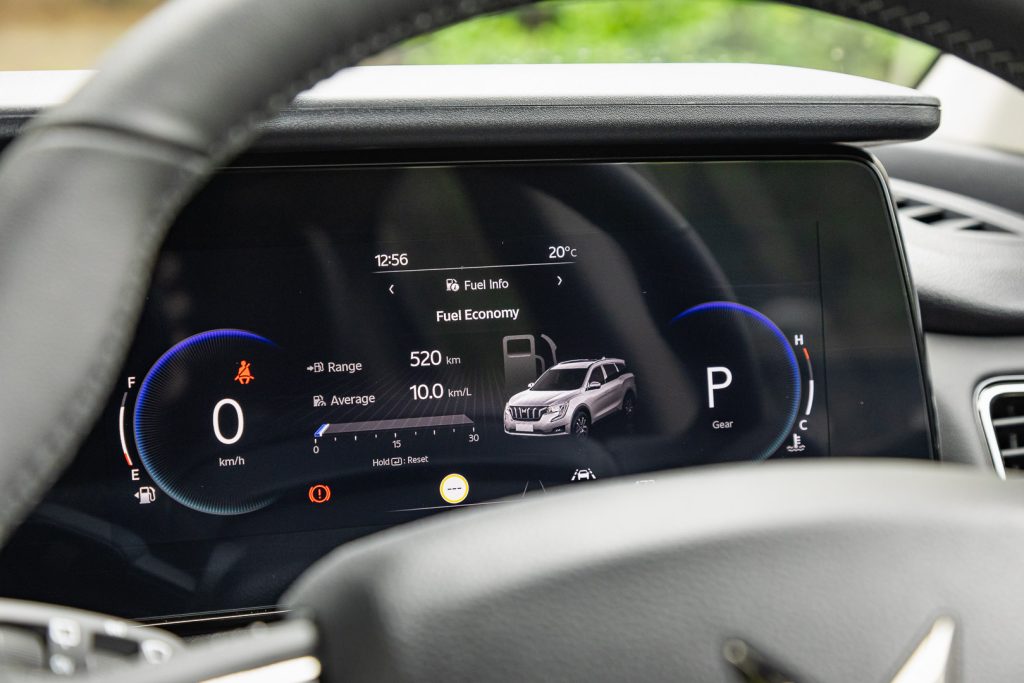
No point in going for top revs here as midrange urge is fine. The engine’s not keen on revs anyway. But it can tow, with a 1500kg braked maximum.
The ride is composed on the open road and in town – this was designed with Indian conditions in mind – while steering effort is lightweight, feel out to lunch. The turning circle is typically SUV-like.
Visibility is good with the high driving position, ignoring the peaky middle rear seat headrest.
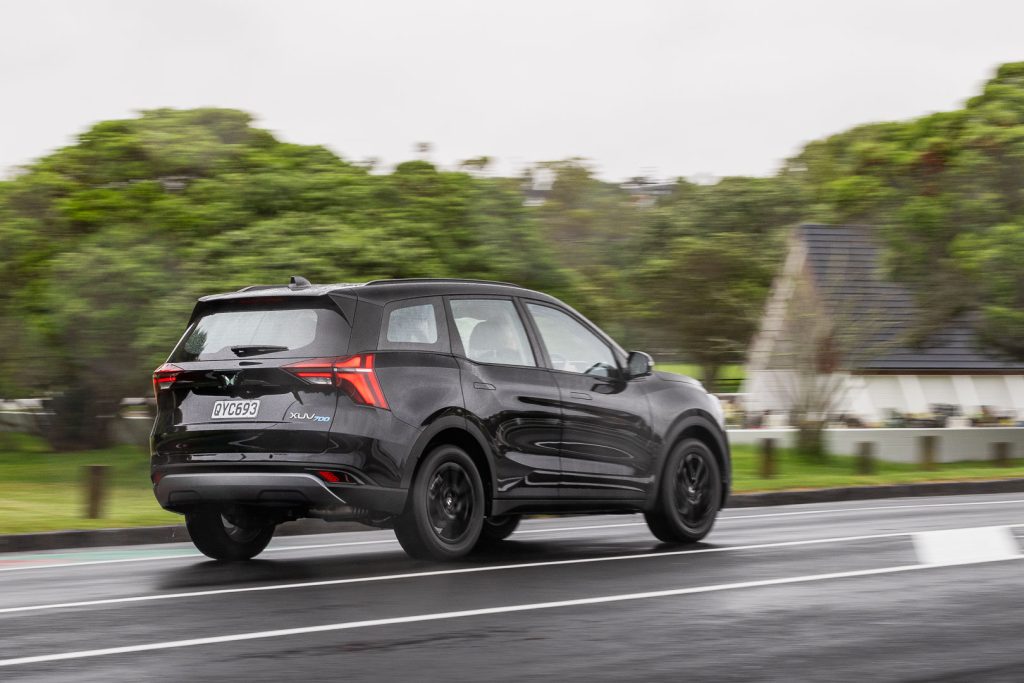
Dynamically, the XUV700 isn’t too bad, though in torrential conditions the Bridgestone Ecopias aren’t at their best. In the dry it holds a line better, the tyres audibly signalling their discomfort as push comes to shove.
All independent suspension helps with both ride comfort and composure.
This has value-for-money written all over it, reminding of the good, honest chocolate TV ad. XUV700 is backed by a five-year warranty too.
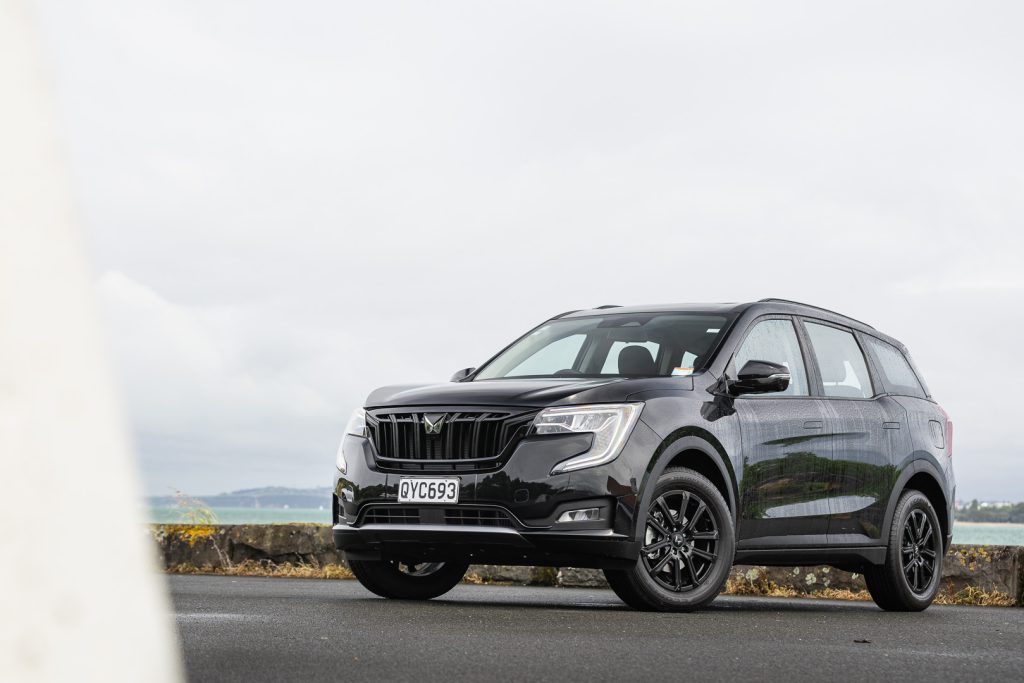
While it can’t match the refinement and quality of some rivals, it undercuts them on price by a few thousand and offers decent specification and safety gear, even if there’s no ANCAP rating.
| Model | Mahindra XUV700 AX7L |
| Price | $47,990 |
| Engine | 1997cc, IL4, TDI |
| Power | 149kW @ 5000rpm |
| Torque | 380Nm @ 1750-3000rpm |
| Drivetrain | 6-speed auto, FWD |
| 0-100 km/h | 9.26s |
| Fuel Use | 9.2L/100km |
| C02 Output | 220g/km |
| Weight | 1835kg (claimed) |
This article first appeared in the December/January 2025 issue of NZ Autocar magazine.


